One of the most common procedures performed by plastic surgeons, but hardly discussed, is earlobe surgery. This includes repair of torn earlobes, earlobe reduction, and excision of keloids from earlobes.
Aside from dangling from the apparatus that captures sounds from the air, the human earlobe contributes to the aesthetics of the face, is an erogenous zone, and is the foundation for hanging pretty ornaments. It is an important part of the human anatomy. For this reason, numerous patients from both sexes seek repair of deformed earlobes.
Torn earlobes occur slowly, from years of wearing heavy, dangling earrings, or abruptly, from the trauma of a hairbrush or clothing caught in an earring, or a baby grabbing mommy's pretty, sparkling jewelry.
Repair of this deformity is a reasonably simple procedure, performed in the plastic surgeon's office under local anesthesia. The stitches must remain in the ear for 10-14 days, and the earlobe is then re-pierced two weeks later, preferably by the surgeon, to avoid recurrence. Health insurance usually does not cover this procedure, and costs vary, but expect to pay anywhere from $400 to $1,200 per ear.
Earlobe reduction is a procedure performed to reduce the size of abnormally large and prominent earlobes. Cartilage of the ears and nose continue to grow as we age, and gravity over time also causes the earlobes to hang down, stretch and enlarge. Enlarged earlobes are associated with the aging process, and therefore many individuals desire correction. Plastic surgeons reduce these bulbous earlobes most commonly by excising a wedge of tissue, and closing and reconstructing the lobe to a smaller size. It is common procedure performed under local anesthesia in the surgeon's office, or at the time of a facelift or other facial cosmetic operation. This cosmetic procedure is also not covered by insurance, and costs are similar to earlobe repair.
Keloids of the earlobe are a bit more complicated. Keloids are abnormal scars that can form from any break or tear of the skin, even as innocuous an event as ear piercing. These keloids can grow to grotesque dimensions, forming painful deformities the size of a walnut and obliterating the earlobe. Surgical treatment involves excising the abnormal scar tissue; and then utilizing and rearranging the remaining normal tissue to reconstruct the earlobe. At the time of surgery, cortisone medication is injected into the tissue in an attempt to retard new abnormal scar tissue from forming. It is often necessary to return to the plastic surgeon's office every six weeks or so for more cortisone injections until complete healing or scar maturation occurs, usually 8-12 months. Low dose radiation treatment right after surgery is another modality used to prevent recurrence. Recurrence rate varies, but can range from 30 percent to 90 percent, depending upon treatment modality. This procedure should be covered by most health insurance plans, as it is not considered cosmetic.
Now that you know more about earlobe surgery than you thought possible, remember these tips that will help prevent deformities.
•Try to avoid heavy dangling earrings for the long term; save them for special occasions.
•Remove loop or dangling earrings when playing with a baby, or feisty partner.
•Remove earrings before disrobing, or disrobe with care.
•Remove earrings before brushing your hair.
•If you are aware that you are a keloid former, do not get you ears pierced, stick with clip-ons.
If surgery is needed or desired, seek out a board certified plastic surgeon.
To learn more about my concepts regarding beauty, please go to the book's website, www.TheBeautyQuotient.com, or friend me on Facebook.